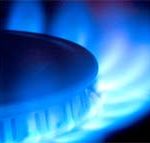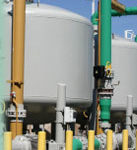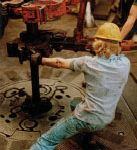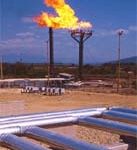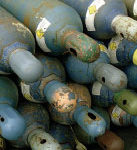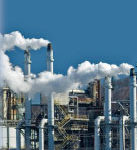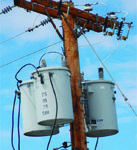Petrochemical GC Systems, Petroleum GC, Gas Chromatograph, Gas Chromatography, Portable GC, Custom GC System, Petrochemical Analysis GC, Bio Diesel GC, Bio Fuel GC, Heating Value GC, BTU GC, Freon Gas GC, Hydrocarbon Fuels GC, Fuels GC, Gasoline GC, Diesel GC, Paint Thinner GC, Turpentine GC, Jet Fuel GC, Aircraft Gas GC, Hydrocarbon Gas GC, Mine Safety GC, Mud Log GC, Mud Logging GC, Natural Gas GC, Oxygenates GC, Permanent Gas GC, Whole Gas GC, Sulfur Gas GC, Sulfur GC, TOGA GC, Transformer Oil Gas Analysis GC, Dissolved Gas Analysis GC, DGA GC
Every one of these Petrochemical Applications can be analyzed using one of the Custom GC configurations of the Series 600 Lab GC. In addition, almost all can also be analyzed using the Companion 1, or the Companion 2 Portable GC Systems. Above all, each of these Custom GC Systems gives the same great results. So, whether your analyzing in the Lab, or in the factory, or out in the field, you can rest assured that your Petrochemical results will always be consistent.
